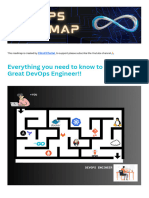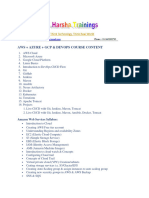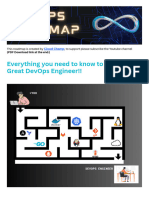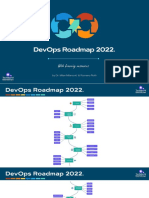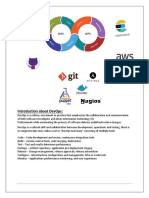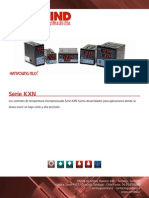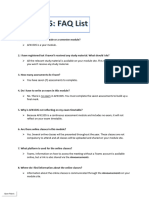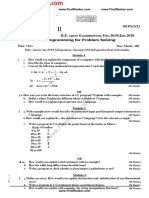0% found this document useful (0 votes)
87 views49 pagesDev Ops and Cloud Computing
The document outlines course notes on DevOps and Cloud Computing, covering topics such as Linux basics, virtualization, cloud computing environments, and key DevOps practices. It emphasizes the importance of tools like Git for version control, CI/CD for automated testing and deployment, and Docker for containerization. The author, Youcef Benabderrezak, is affiliated with the University of Boumerdes and has contributed to the field of cyber security and web development.
Uploaded by
24cse106.subhashaktibeheraCopyright
© © All Rights Reserved
We take content rights seriously. If you suspect this is your content, claim it here.
Available Formats
Download as PDF, TXT or read online on Scribd
0% found this document useful (0 votes)
87 views49 pagesDev Ops and Cloud Computing
The document outlines course notes on DevOps and Cloud Computing, covering topics such as Linux basics, virtualization, cloud computing environments, and key DevOps practices. It emphasizes the importance of tools like Git for version control, CI/CD for automated testing and deployment, and Docker for containerization. The author, Youcef Benabderrezak, is affiliated with the University of Boumerdes and has contributed to the field of cyber security and web development.
Uploaded by
24cse106.subhashaktibeheraCopyright
© © All Rights Reserved
We take content rights seriously. If you suspect this is your content, claim it here.
Available Formats
Download as PDF, TXT or read online on Scribd
/ 49




















